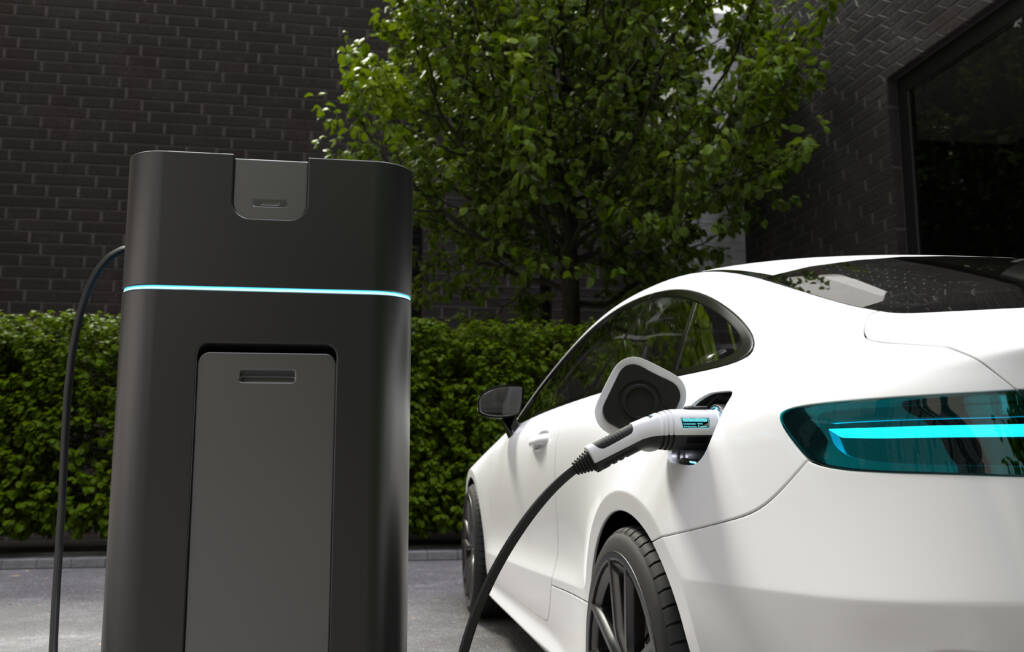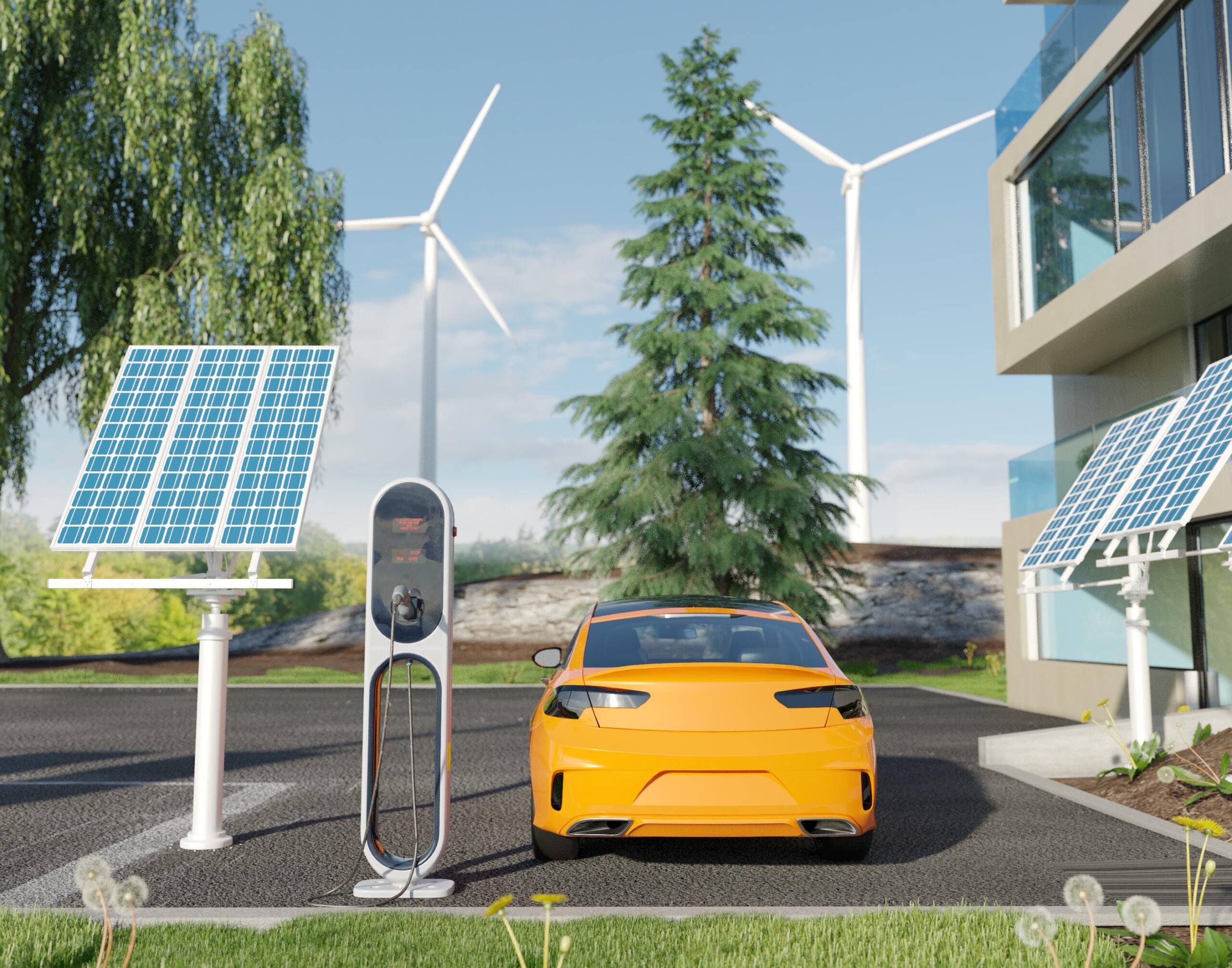The transition to electric vehicles (EVs) marks a significant shift in the automotive industry, driven by the need to reduce carbon emissions and combat climate change. As governments, businesses, and consumers adapt to this change, several key areas have emerged where significant progress and challenges are being addressed.
Government Policies and Incentives
Governments worldwide are playing a crucial role in accelerating the adoption of electric vehicles through policies and incentives. These include:
- Subsidies and tax incentives: Many countries offer financial incentives to make EVs more affordable, such as rebates, tax credits, and reduced registration fees. These incentives help offset the higher upfront costs of electric vehicles compared to traditional internal combustion engine (ICE) vehicles.
- Emission regulations: Stricter emission standards are pushing automakers to develop cleaner, electric alternatives. Some regions have even set timelines for phasing out the sale of new ICE vehicles, further driving the shift towards EVs.
- Infrastructure investment: Governments are investing in charging infrastructure to make EVs more practical for everyday use. This includes funding for public charging stations and supporting the development of fast-charging networks.

Automaker Strategies
Automakers are rapidly adapting to the electric vehicle revolution by rethinking their product lines, manufacturing processes, and research and development strategies:
- Electric vehicle models: Major car manufacturers are expanding their EV offerings, with many pledging to transition to fully electric fleets in the coming decades. This includes both new EV-only models and electric versions of existing popular vehicles.
- Battery technology advancements: Significant investments are being made in battery technology to increase the range, reduce charging times, and lower costs. Automakers are also exploring solid-state batteries, which promise even greater efficiency and safety.
- Sustainability efforts: Many automakers are also focusing on making the entire lifecycle of EVs more sustainable, from sourcing raw materials to recycling batteries.
Charging Infrastructure Development
One of the key challenges in the transition to electric vehicles is the development of a robust and accessible charging infrastructure:
- Public charging networks: Companies and governments are working together to expand the network of public charging stations, particularly in urban areas and along major highways. This is crucial for reducing “range anxiety” and making EVs a viable option for long-distance travel.
- Home and workplace charging: Many EV owners charge their vehicles at home or at work. As a result, there’s an increasing demand for home charging equipment and workplace charging solutions. Some businesses are even offering EV charging as an employee benefit.
- Fast charging technology: To make electric vehicles more convenient, fast charging technology is being improved. Fast chargers can significantly reduce charging times, making EVs more practical for longer trips and daily commutes.
Consumer Adoption and Awareness
Consumer acceptance of electric vehicles is growing, but challenges remain in terms of awareness, education, and addressing common concerns:
- Increased awareness: More consumers are becoming aware of the environmental benefits and long-term cost savings associated with electric vehicles. Marketing campaigns, word of mouth, and firsthand experiences with EVs are helping to shift public perception.
- Addressing concerns: Common concerns about EVs include range limitations, charging times, and battery longevity. Education and advancements in technology are gradually alleviating these worries. Additionally, more automakers are offering warranties on EV batteries, providing consumers with peace of mind.
- Resale value: As the market for used electric vehicles grows, concerns about the resale value of EVs are being addressed. The increasing popularity of EVs and improvements in battery technology are helping to stabilize and even improve resale values over time.
Impact on the Energy Grid
The transition to electric vehicles has significant implications for the energy grid:
- Grid demand: As the number of electric vehicles increases, so does the demand for electricity. Utilities are adapting by upgrading infrastructure and implementing smart grid technologies to manage increased loads.
- Renewable energy integration: The push for electric vehicles is closely linked to the broader goal of reducing carbon emissions. Integrating renewable energy sources like solar and wind into the grid is essential for ensuring that the electricity used to charge EVs is as clean as possible.
- Vehicle-to-grid technology: Some innovative solutions, such as vehicle-to-grid (V2G) technology, allow electric vehicles to feed energy back into the grid during peak demand times. This not only helps stabilize the grid but also provides an additional income stream for EV owners.
Economic and Environmental Impact
The shift to electric vehicles is expected to have wide-ranging economic and environmental impacts:
- Job creation: The electric vehicle industry is creating new jobs in manufacturing, battery production, charging infrastructure development, and related sectors. However, it also presents challenges for traditional automotive jobs, necessitating retraining and workforce development programs.
- Reduction in carbon emissions: One of the primary drivers of the transition to electric vehicles is the reduction in greenhouse gas emissions. As EVs replace ICE vehicles, the overall carbon footprint of the transportation sector is expected to decrease significantly.
- Economic shifts: The move towards electric vehicles is also influencing global trade, with increased demand for raw materials like lithium and cobalt for batteries. This is reshaping supply chains and prompting investment in new mining and recycling technologies.
The transition to electric vehicles is a complex and multifaceted process that involves collaboration between governments, automakers, consumers, and energy providers. While challenges remain, significant progress is being made in terms of policy support, technological advancements, and infrastructure development. As the world continues to adapt to this transition, the long-term benefits for both the environment and the global economy are becoming increasingly clear. The future of transportation is electric, and the journey toward that future is well underway.



